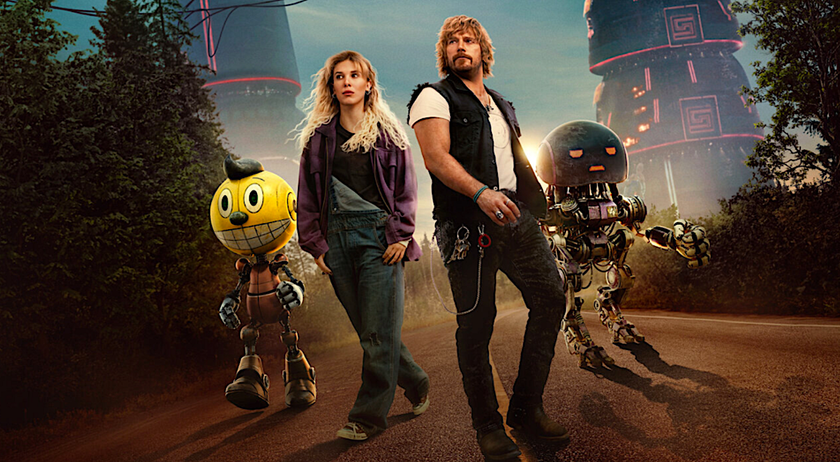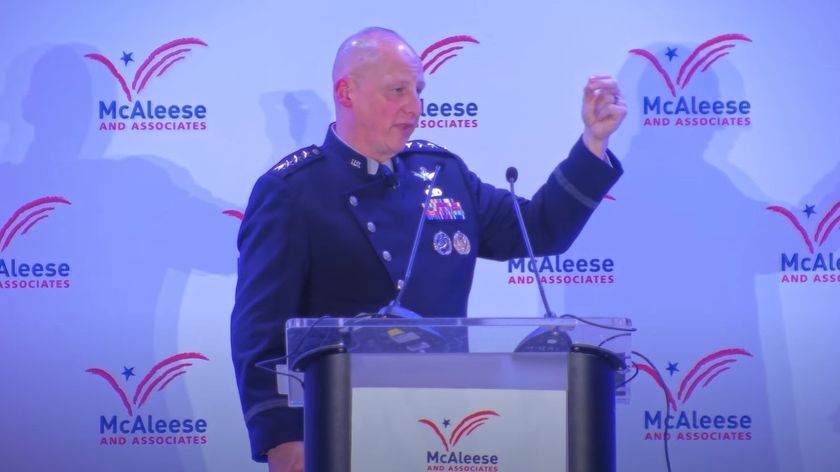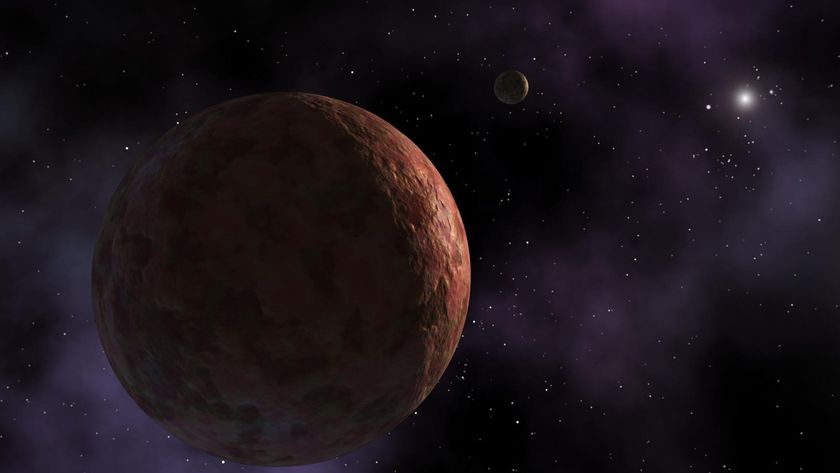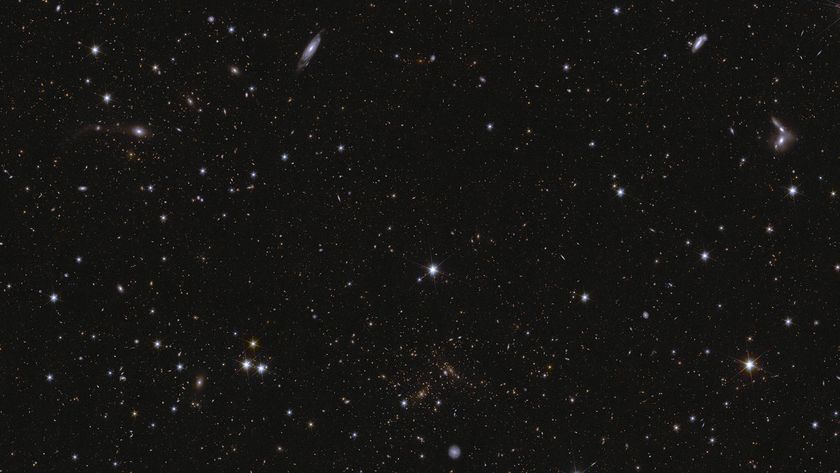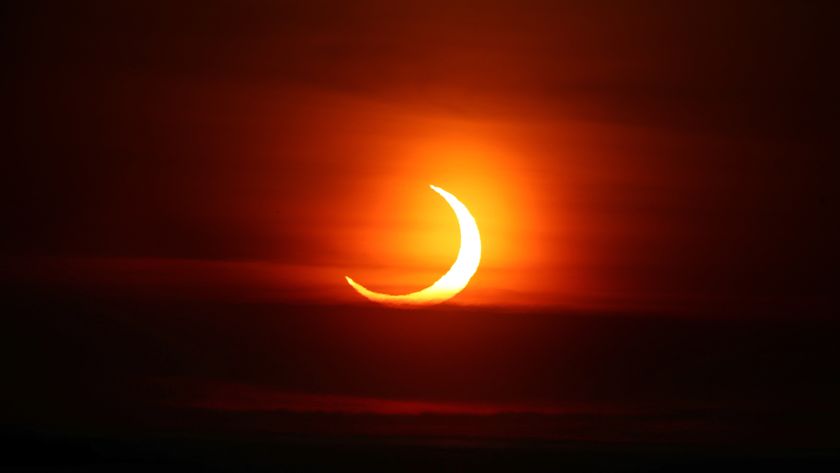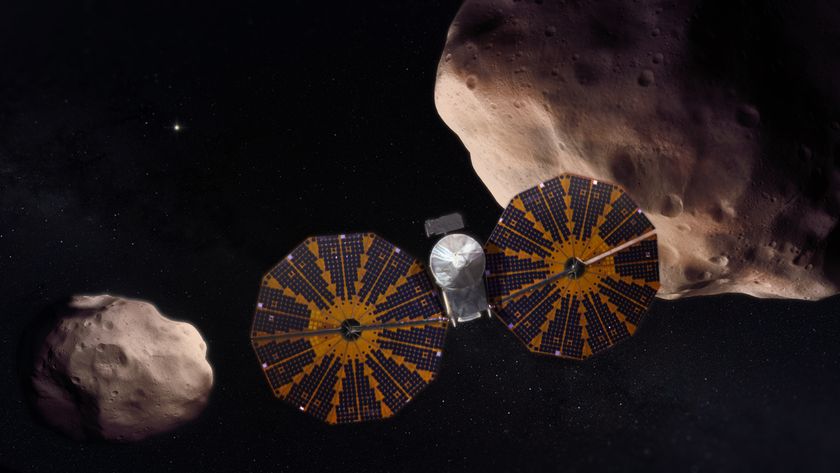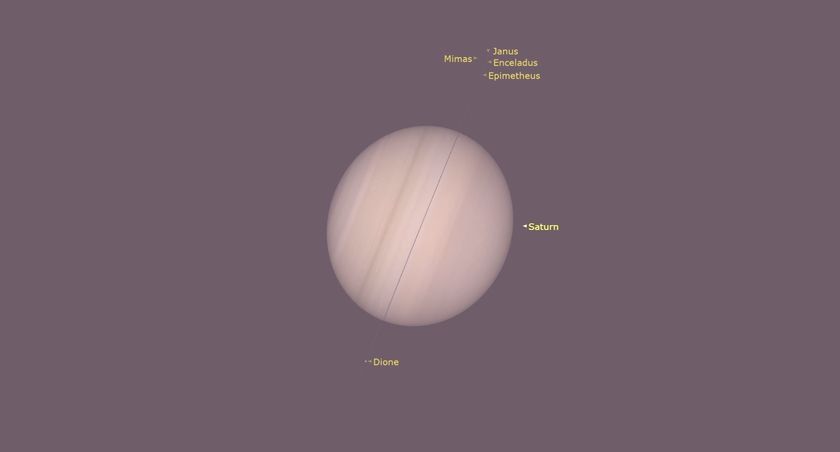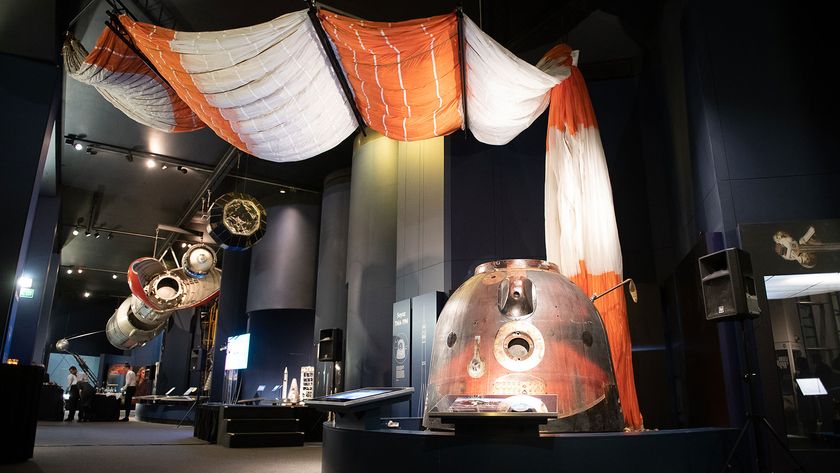SpaceX Dragon Cargo Capsule Heading Back to Earth
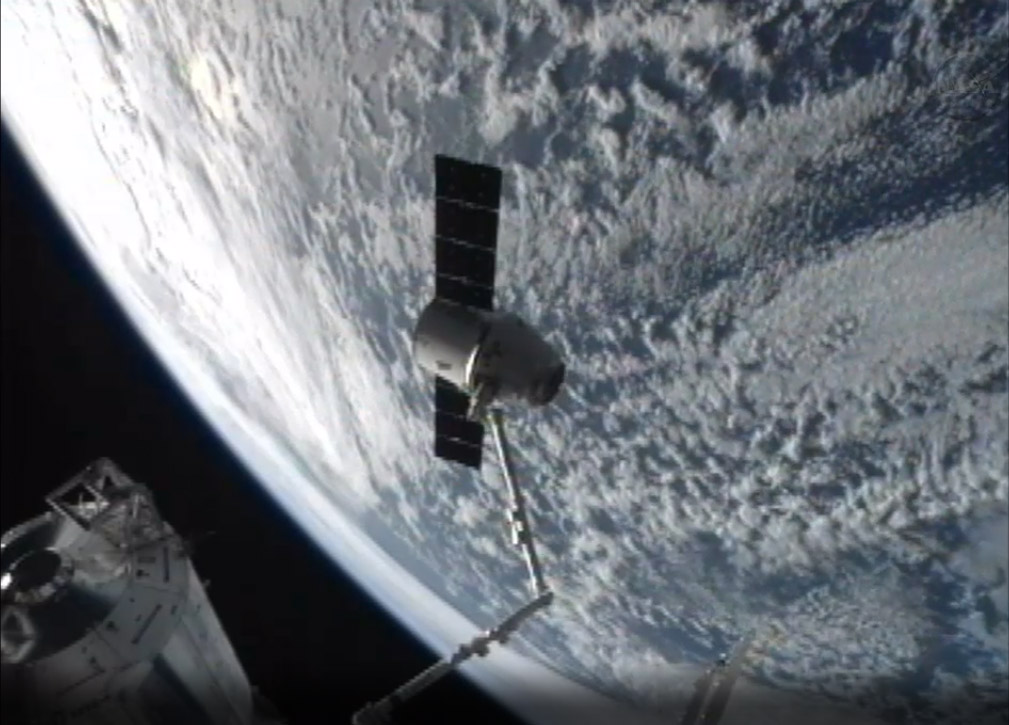
A private SpaceX cargo capsule undocked from the International Space Station early Tuesday to begin the trip back to Earth after three weeks linked to the orbiting laboratory.
The unmanned Dragon space capsule was released from the space station today (March 26) at 6:56 a.m. EDT (1056 GMT), and is expected to splash down in the Pacific Ocean, about 214 miles (344 kilometers) off the coast of Baja California, at 12:34 p.m. EST (1634 GMT). The Dragon capsule is expected to fire its thrusters at 11:42 a.m. EDT (1542 GMT) to leave orbit.
"Sad to see the Dragon go," NASA astronaut Tom Marshburn said from inside the station. "She performed her job beautifully, now heading back to her lair."
Dragon is returning to Earth with about 2,670 pounds (1,210 kg) of cargo, including a set of LEGO toys that have been on the station for the last two years. The equipment will be returned to NASA as soon as recovery teams return the Dragon capsule to dry land.
The spacecraft launched toward the space station atop a SpaceX Falcon 9 rocket on March 1 from the firm's launch pad at the Cape Canaveral Air Force Station in Florida to deliver about 1,200 pounds (1,210 kilograms) of equipment, supplies and scientific experiments. [Photos: SpaceX Dragon's Space Station Cargo Flight]
Once Dragon splashes down it will mark the end of Hawthorne, Calif., based private spaceflight firm SpaceX's second complete cargo mission to the International Space Station commissioned by NASA. The space agency contracted the spaceflight company to make 12 trips to the space station for $1.6 billion.
SpaceX launched its first Dragon cargo mission to the station in October 2012 following a successful demonstration flight in May of that year. The company was founded in 2002 by billionaire entrepreneur Elon Musk to develop low-cost rockets and spacecraft.
Get the Space.com Newsletter
Breaking space news, the latest updates on rocket launches, skywatching events and more!
Dragon's splashdown was originally slated for Monday (March 25), but weather concerns and high seas at its splashdown point prompted NASA and SpaceX officials to delay the undocking. None of the returning experiments should be affected by the one-day delay, NASA officials said.
Currently, Dragon is the only operating cargo vessel that can bring supplies back to Earth as well as deliver them to astronauts in low-Earth orbit. Russia's Progress spacecraft, Europe's Automated Transfer Vehicles and Japan's H-2 Transfer Vehicles burn up upon re-entry into the planet's atmosphere.
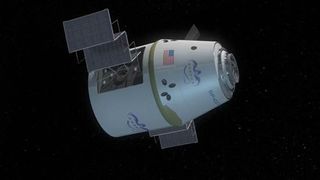
SpaceX is one of two private spaceflight companies with a NASA contract for unmanned cargo delivery missions to the International Space Station. The Virginia-based Orbital Sciences Corp. signed on with the space agency to make eight unmanned flights with its Antares rocket and Cygnus capsule in a deal for $1.9 billion. The Antares rocket's first test flight is scheduled for mid-April.
With the retirement of NASA's space shuttle fleet in 2011, the U.S. space agency is currently dependent on Russia's Soyuz spacecraft to ferry astronaut crews to and from the space station. NASA plans to use new private space taxis to launch American astronauts on trips to the space station once they become available.
SpaceX is one of four companies currently competing for the NASA crew launch contract. The company is developing a manned version of its Dragon capsule designed to ferry seven astronauts into low-Earth orbit and return them to Earth.
Follow Miriam Kramer @mirikramer and Google+. Follow us @Spacedotcom, Facebook and Google+. Original article on SPACE.com.
Join our Space Forums to keep talking space on the latest missions, night sky and more! And if you have a news tip, correction or comment, let us know at: community@space.com.

Miriam Kramer joined Space.com as a Staff Writer in December 2012. Since then, she has floated in weightlessness on a zero-gravity flight, felt the pull of 4-Gs in a trainer aircraft and watched rockets soar into space from Florida and Virginia. She also served as Space.com's lead space entertainment reporter, and enjoys all aspects of space news, astronomy and commercial spaceflight. Miriam has also presented space stories during live interviews with Fox News and other TV and radio outlets. She originally hails from Knoxville, Tennessee where she and her family would take trips to dark spots on the outskirts of town to watch meteor showers every year. She loves to travel and one day hopes to see the northern lights in person. Miriam is currently a space reporter with Axios, writing the Axios Space newsletter. You can follow Miriam on Twitter.
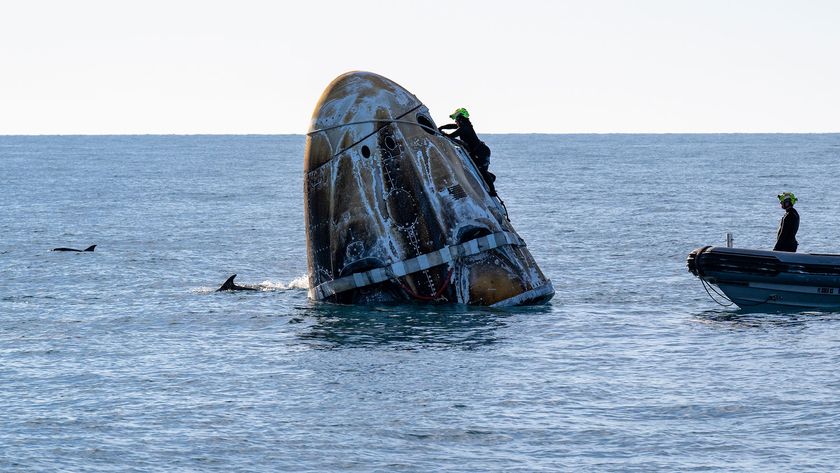
When space meets sea, Crew-9 Dragon meets dolphins: Space photo of the day

NASA still mulling options for Boeing's troubled Starliner astronaut capsule
